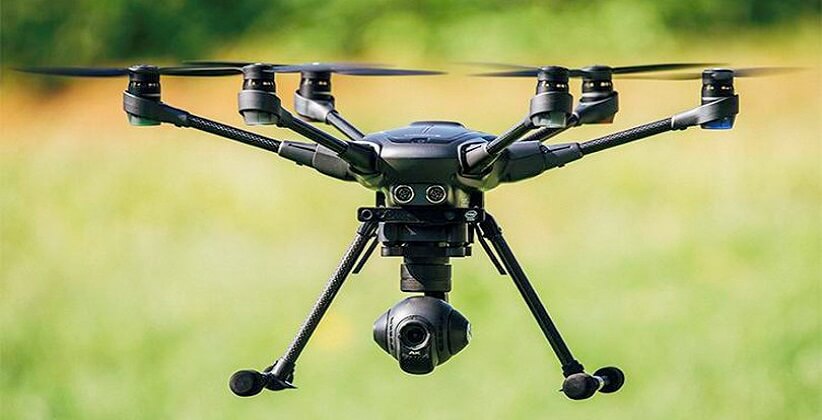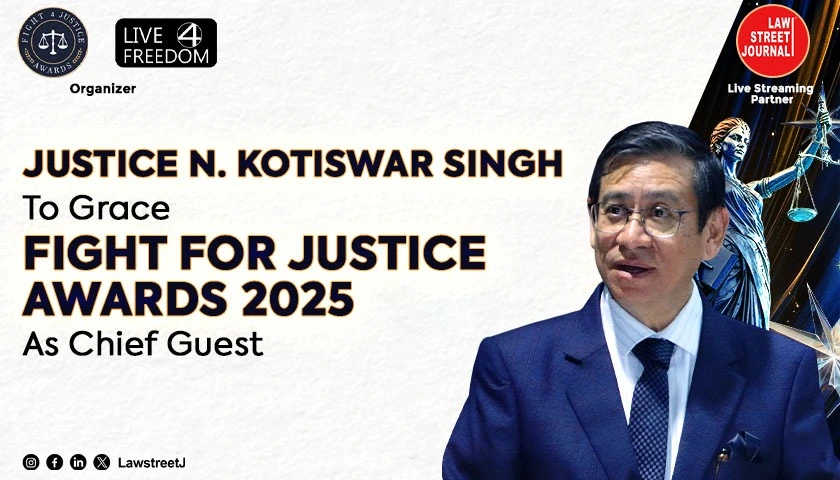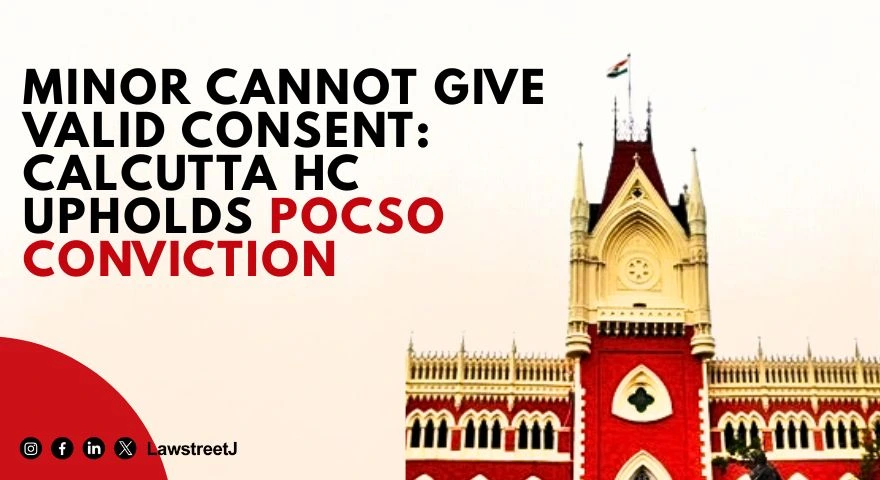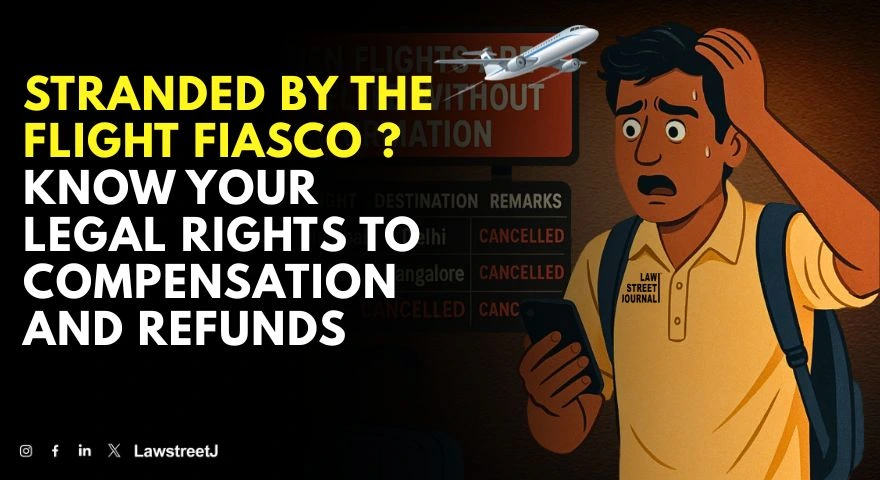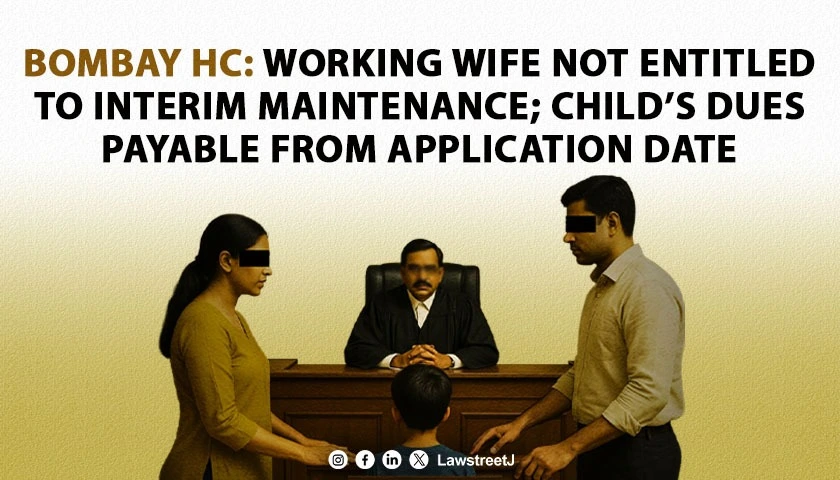Drones are the new favorite gadget in the world and we keep hearing about them day in and day out. Whether it is the drone videos, or drone photos or some other extraordinary drone news, we are all ears. This new baby from technology has piqued the interest of many. On August 27, 2018, the Director General of Civil Aviation (DGCA) has announced its policy - Drone Regulations 1.0, for remotely piloted aircrafts also called as drones. The policy dictates the terms and conditions for the use of drone and specifies the need for a license for some of the varieties. Read this article to know everything about the policy.
What are Drones & What is the Drone Policy in India?
A drone can be defined as an unmanned aerial vehicle which flies without a pilot. Which implies that the drones are nothing but remotely piloted aircraft operated from a remote station. The drone policy in India - the Drone Regulations 1.0, has been issued by the DGCA, laying out the framework for unmanned aircrafts to operate within India. This policy will be applicable from 1st December, 2018 and will extend to the whole of India.
Categories of Remotely Piloted Aircraft (RPA)
The policy has segregated the remotely piloted aircraft in five different categories depending on their weight which are;
- Nano Drone- less than or equivalent to 250 grams.
- Micro Drone- 250 grams to 2 kg.
- Small Drone- 2kg to 25 kg.
- Medium Drone- 25kg to 150 kg.
- Large Drone- any drone over 150 kg of weight is considered as a large drone.
Unmanned Aircraft Operator Permit
The policy also states the guidelines for UAOP which is an abbreviation for Unnamed Aircraft Operator Permit. The policy states that after successfully filing the complete documentation, one can have this permit within seven working days. This license will be a nontransferable license and will carry five years validity. The DGCA has also stipulated that the drones can be flown only by people above 18 years who also have cleared their SSC certificate in English and have undergone practical training which is approved by DGCA. The following situations are exempted from the license requirement.
- Nano drones flying below 50 feet in uncontrolled airspace or enclosed premises.
- Microdrones flying below 200 feet in uncontrolled airspace or enclosed premises with the 24 hours prior intimation to the police.
- The drones owned and operated by National Technical Research Organisation (NTRO), Aviation Research Centre (ARC), central intelligence agencies after intimating the local police.
Operating Drones in India
The policy restricts the flying of drones to the daytime and within visual line of sight. This will be applicable to all the categories of drones. A remote pilot also can operate only one drone at one time. The drones have to be free from any human or animal payloads or anything hazardous.
Operating Restrictions
The DGCA has also clarified the following restrictions that need to be kept in mind:-
- Drones cannot be flown within 5 kilometer perimeters of the airport in the cities of Delhi, Chennai, Kolkata, Bangalore, and
- Drones cannot be flown within 3 kilometer perimeters of the airport in cities other than the ones mentioned above.
- Drones cannot be flown in temporary prohibited or restricted areas. Danger areas are off limit too.
- Drones cannot fly within 25 km of the international borders such as LOC, LAC, and
- Drones cannot be operated from mobile platforms.
- Eco-sensitive zones and wildlife sanctuaries are off limit for flying the drones.
- Drones cannot fly within the 5 km radius of the Vijay Chowk in Delhi.
- The drones have to adhere to the limit of 3 km from the state secretarial complexes and 2 km from other vital locations specified.
Enforcement Action
The policy also specifies that any violations in this regard will be acted upon by the relevant sections in the Indian Penal Code, 1860 and The Aircraft Act, 1934.
Moreover, the breach of compliance to any of the requirements and falsification of records/documents shall attract penal action including imposition of penalties under Sections 287, 336, 337, 338 or any other relevant section of the Indian Penal Code, 1860.

